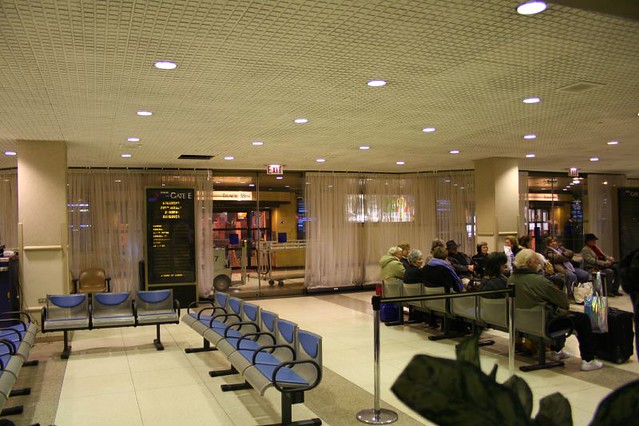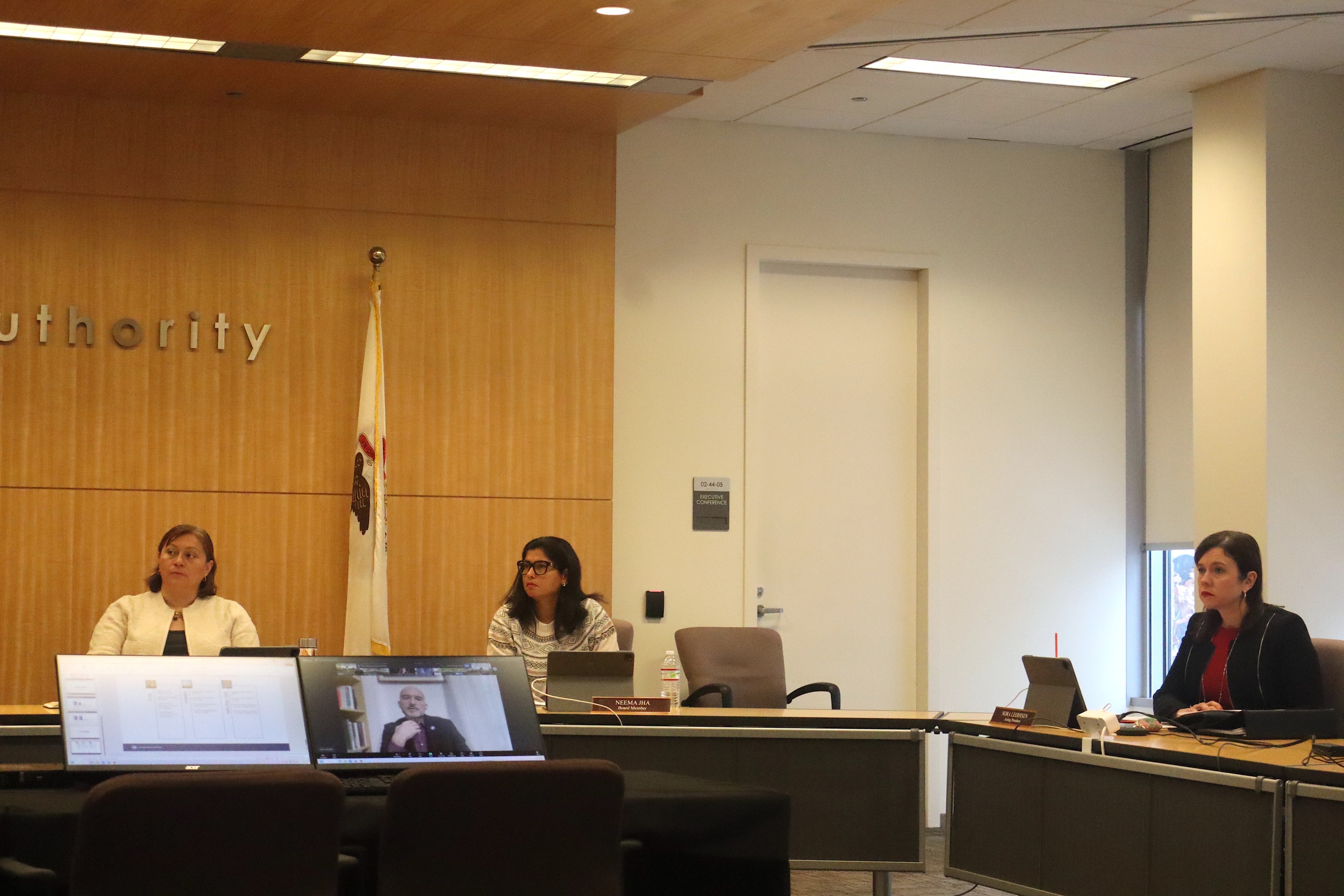
While intercity and long-distance train travel is on the rise in the United States, Amtrak could still do a lot more to improve the customer experience and boost ridership further.
I’m new to using Amtrak, having only ridden it three times in my life, but I have experience riding European intercity and cross-continent trains. Last week, I made my fourth trip on Amtrak, a 34-hour ride from Chicago to Salt Lake City, visiting my family for Thanksgiving. I knew that Amtrak boarding was different so I arrived an hour early. After checking to see if a roomette was available at a last-minute discount, I went over to my train’s "gate" (which Amtrak calls a boarding lounge) to see if there was anything I should know.
There was no special knowledge required to get on board, but the process embodied the unpleasantness of most major American train stations. Amtrak has a cumbersome boarding process at Chicago’s Union Station (which it owns) that forgoes the international standard -- people board the train as they arrive -- in favor of airline-style gate checks. The method packs passengers into long lines in a fluorescent dungeon.
Despite the logistical difficulty and annoyance for passengers, this serves no purpose -- humans have shown a propensity to consistently board the correct train for over a century. Imagine if Metra required passengers to present their ticket before boarding.
Amtrak's airline-style boarding procedures, which gained internet infamy at busy Penn Station in New York City, have already been critiqued multiple times. In Europe, you on't find pre-boarding ticket checks on any international intercity train line except Eurostar (between London and Paris, for border control purposes). By importing the security theater of air travel, Amtrak loses a key advantage -- the lower-stress experience of train travel.

Making passengers find their gate instead of their train's platform is also different than the prevailing travel experience. At airports your gate is the same place you board the plan, but Amtrak at Union Station routes you through an arbitrary gate and then to a platform 100 feet away. Airlines check tickets to ensure the right people get on the plane, but Amtrak's gate check doesn't assure that: The staffer at the gate doesn't check the validity of the ticket, and once past the gate, people can proceed to any platform. Ticket validity, as is standard around the world, is checked after the train departs.
The gate check at Union Station reduces the amount of time one can relax at the station’s restaurant and bar, or in the beautiful, well-lit Great Hall. In most train stations around the world, including small ones across the United States, passengers can arrive up to minutes before the train leaves, or wait in the station and then walk on when they please, without having their tickets checked.
But at Union Station, passengers slog through narrow corridors with short ceilings to reach limited seating at the gate. When I arrived, more than a hundred people were standing in line for over 30 minutes for a train to Michigan. That’s uncomfortable, and unnecessary. Amtrak doesn't require anyone to wait in line, but they invite it with their boarding procedure and waiting area design.
Now that I think about it, an announcement for the Michigan train said you could arrive up to five minutes prior to departure, and some people skip the queue. If you arrive earlier than that, though, you’ll find a rope corral, cutting you off from being able to board the train immediately, like you can with transit and intercity trains around the world.

Amtrak, Metra, and the city of Chicago recognize these issues and created the Union Station Master Plan in May 2012 to improve the passenger experience and add platform capacity. It says nothing about using a more sensible and time-tested boarding process, though. The plan recommends moving ticket counters to the Great Hall (where they used to be) and opening up sight lines "so that people can more easily see where they want to go" -- this would be a welcome improvement to the narrow corridors.
Funding for these changes is still needed, but other changes should come soon: Amtrak will be replacing the Jersey barriers on Canal Street with bollards, and CDOT is building a better connection for CTA and Pace bus passengers.
Amtrak also intends to double the size of the underground waiting room by moving the sleeping car passenger lounge to the Great Hall area, but it’s not the waiting room’s capacity that needs an improvement. This change does little to make up for the demolition of the old, extensive concourse building in 1969, nor the placement of the ticket counters and waiting rooms in the smaller concourse. Matthew Yglesias nailed the problematic combination of small waiting rooms and airline-style boarding:
[Amtrak's airline-style boarding] method is both slower than the standard method and also involves overcrowding the interior of the station. Amazingly, Amtrak says it wants $7 billion to ameliorate track capacity constraints [at Penn Station] and station interior overcrowding when for the low price of $0 they could adopt standard train-boarding procedures.
Of course, in light of the fact that Union Station handles more passengers daily than Midway airport, which receives much more investment, fixing these problems should be a much higher priority than it is.





